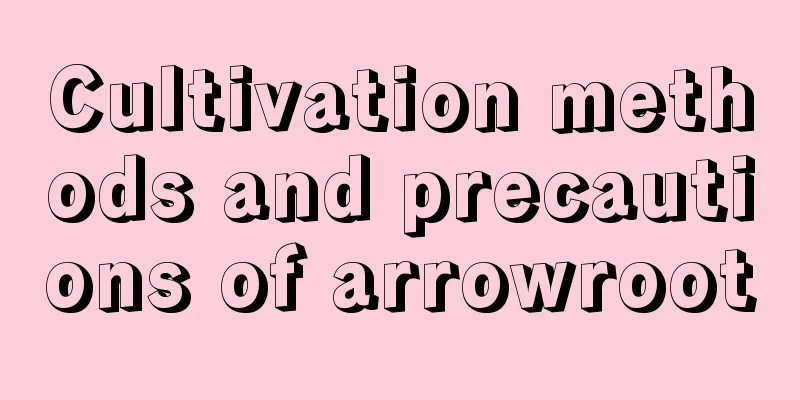How to raise little red clothes

1. Maintenance methods1. Temperature: Little Red Riding Hood likes warmth, and a temperature between 18 and 28 degrees is quite suitable. However, it is also cold-tolerant. Generally speaking, in winter, you can survive the winter safely as long as the temperature is not below zero degrees. However, it does not tolerate high temperatures very well, so it is best not to exceed 30 degrees. 2. Light: Little Red Dress likes light. Moreover, as we have introduced above, only under good sunlight conditions will its leaf tips turn red, and its ornamental effect will be better. So, try to provide plenty of sunlight. However, don't place it in a place with too much sunlight. 3. Watering: The little red dress is afraid of waterlogging, so be sure to water it in moderation. Moreover, water must be controlled when the temperature is very low in winter. Generally speaking, when it is below three degrees, it needs to be reduced. If it is below zero degrees, you cannot water it. 4. Fertilization: It has some requirements for fertilizer, generally once or twice a month, using liquid fertilizer. 2. Breeding techniques1. Reproduction: It can be propagated by division. The first thing is to choose a relatively large plant. Then, prepare a small knife for division. After removing it from the pot, divide it into about three parts based on the root system. Then, you can plant them separately. After being planted, it needs to go through an adaptation process. During this stage, there should be no strong light and the humidity must be guaranteed. 2. Repotting: Try to replace the soil in the pot every year, which will help its future growth. When preparing new soil, you can mainly use peat soil, and mix it with perlite, cinders and other materials, the effect will be better. After potting, there should also be no strong light. 3. Problem diagnosis and treatment1. Diseases: For the little red dress, the diseases mainly target some parts of the leaves. For example, "leaf spot disease" is very easy to occur in summer. You can cut off the spotted leaves in time and then spray them with medicine. 2. Pests: There are also "scale insects" and "aphids" and the like, which require special attention. Spray pesticides immediately after they appear, and don't wait until their numbers increase. IV. Other issues1. Toxicity: It is non-toxic, no need to worry at all. 2. Can it be grown at home? Yes, it is a kind of succulent and is suitable for viewing at home. |
<<: How to grow vanilla plants
Recommend
Is the dragon claw a shade-loving or sun-loving plant?
Does Dragon Claw prefer shade or sun? Dragon claw...
How to propagate figs by cuttings and when How to propagate figs by cuttings
The survival rate of fig cuttings is high in spri...
Elderberry cultivation methods and precautions
1. Potting soil Elderberry has very low requireme...
How to grow Lithops in summer
1. Watering For Lithops, watering in summer is ve...
The most unworthy rose varieties and the four rose series that I regret buying the most
Many people do not understand the characteristics...
How to eat Hericium erinaceus, taboos of eating Hericium erinaceus
1. How to eat 1. Steamed egg: Wash the Hericium e...
Can hydrangeas be exposed to the sun? What should I do if they wilt in the sun?
Can hydrangeas grow in the sun? Hydrangeas can be...
Advantages and disadvantages of Snowflake Beef Rose
The original name of the Snowflake Fat Cow rose i...
What to do if the roots of hydroponic lucky bamboo rot and the water smells bad
1. Treatment methods for root rot If you find tha...
When to bury northern grapevines and how to survive the winter
1. When to bury the soil The temperature in north...
What is the white paint on the tree?
1. What is The white paint on the trees is usuall...
White Gypsophila Flower Language, Green Gypsophila Flower Language
1. Flower language of baby's breath Baby'...
What kind of flower pot is good for growing Clivia
Types of flower pots To choose the most suitable ...
Where to keep Silver Queen
Silver Queen in the living room You can put the S...
How to water Ruolu? Don’t observe the soil in the pot blindly!
Do plants prefer dry or wet conditions? Generally...









